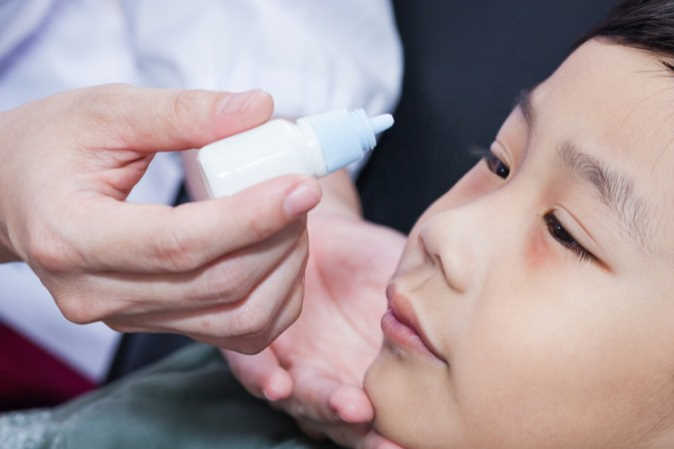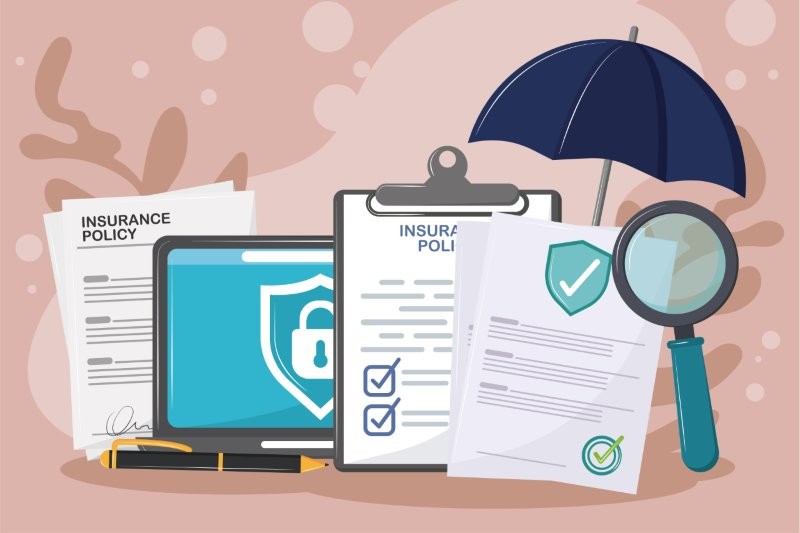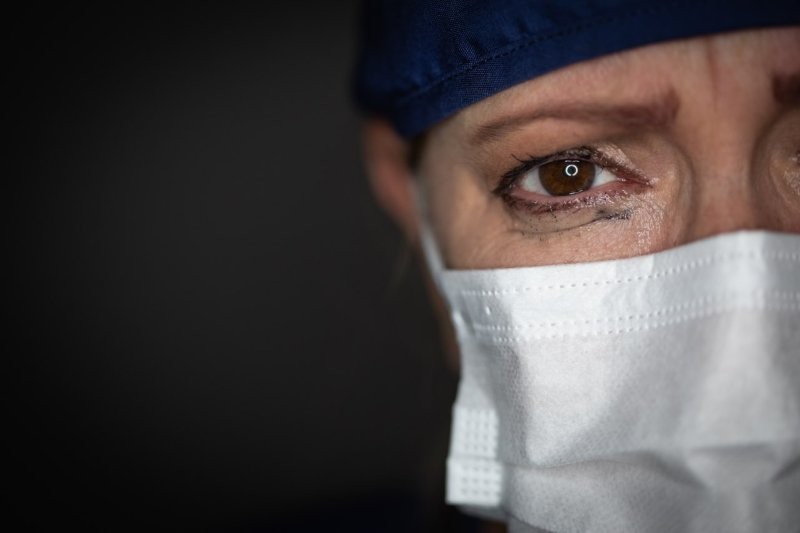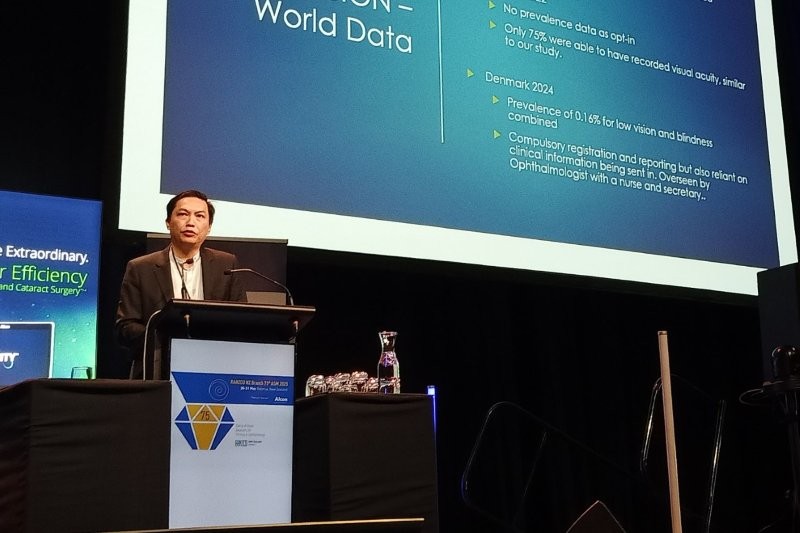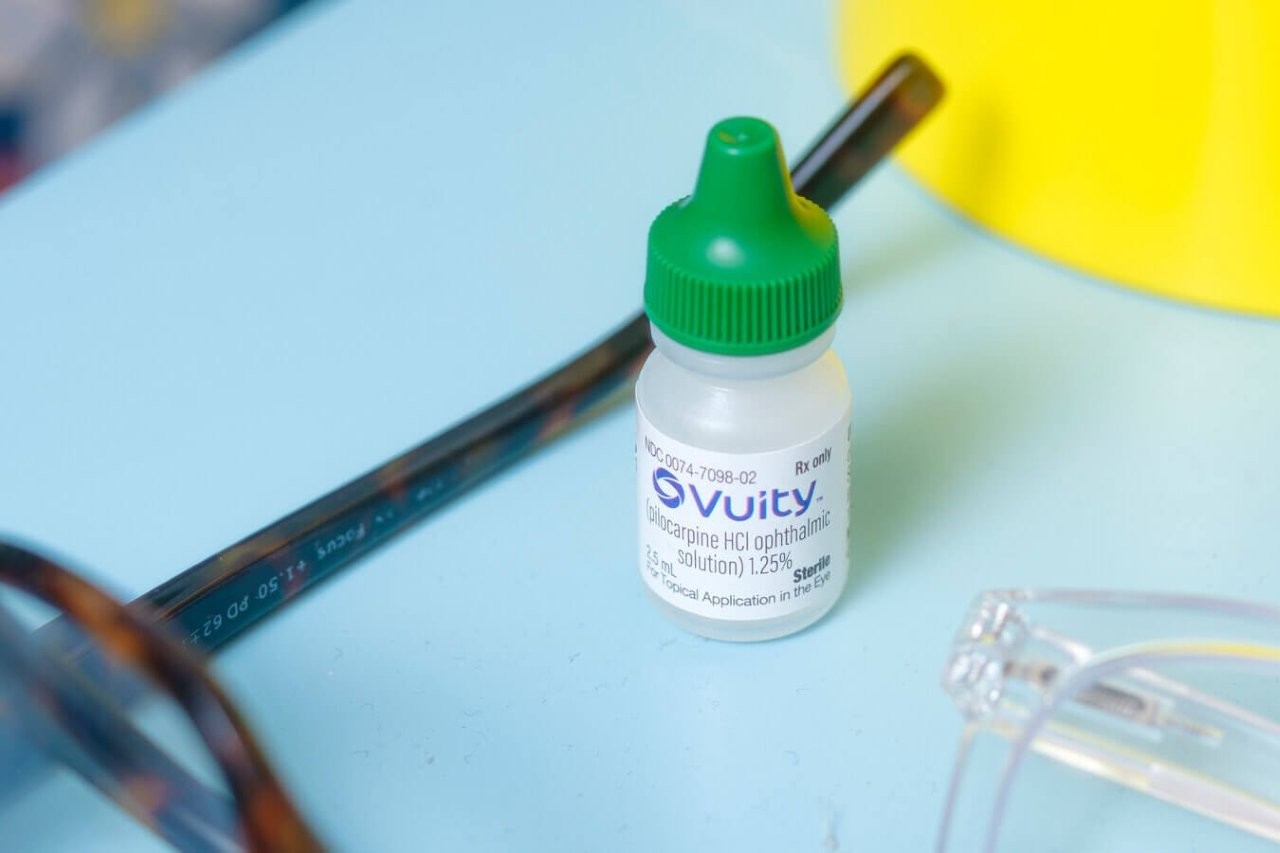Which low-dose atropine for myopia control?
Myopia is rapidly emerging as one of the biggest public health concerns of our generation. More than 2.5 billion people have myopia globally. It is estimated that by 2050 about half the world’s population will be at risk of losing their sight due to serious myopia-related complications, like retinal detachment and myopic maculopathy. These sight-threatening pathologies occur primarily because of excessive axial elongation and once developed this poses a lifelong threat to eye health and vision. Thus, slowing myopia progression by even a small amount is likely to have a huge public health impact. For instance, recent reports show that reducing myopia by 1 dioptre will reduce the risk of myopic maculopathy by 40%.
Atropine eye drops are one of the most effective treatments for myopia in children. Atropine in high concentration (1%) can effectively halt myopia progression and abnormal axial elongation associated with myopia. However, higher concentrations of atropine result in unpleasant side effects, such as blurry near vision and photophobia, which have limited its clinical application. As a result, attention shifted to the use of lower concentrations of atropine. Thus, following promising results from recent randomised trials that show low-dose atropine can partly slow myopia progression, 0.01% atropine eye drops have become increasingly popular among clinicians, and the mainstay treatment strategy for myopia management in children, particularly in East Asian countries.
Reviewing the evidence
A closer look at the trial results, however, suggests atropine in 0.01% concentrations does not slow axial elongation and therefore does not reduce myopia-associated risks, which is the primary goal of myopia management. Therefore, controversy remains regarding what concentration of low-dose atropine should be used for myopia treatment in children.
A study by myself and Dr John Phillips, from the Auckland Myopia Lab at the University of Auckland, reviewed the findings from clinical investigations into myopia control efficacy of low-dose atropine. Published in Clinical and Experimental Optometry, our article provides an evidence-based perspective on the optimal concentration to reduce the risks of myopia-related ocular pathologies in future. With current evidence, in our view, clearly suggesting that for pharmacological control of myopia progression a shift in clinical practice away from using 0.01% toward prescribing 0.025% to 0.05% atropine is needed to reduce the risks of myopia‐related ocular pathologies.
Globally, over 30 registered clinical trials involving low‐dose atropine in various concentrations, ranging from 0.005% to 0.05%, are ongoing. The future results from these trials should better inform the choice of atropine concentration for myopia control and importantly, clarify the issue of rebound with discontinuation of atropine in these concentrations. Nonetheless, in practice, initiating 0.01% atropine treatment for a child will inevitably delay implementation of an effective dose. This is particularly problematic in the early stages of myopia development when progression is most rapid. Since the sight‐threatening complications of myopia result primarily from excessive tissue stretch, effective slowing of eye growth would significantly ameliorate the risks and consequently help reduce the burden of future sight loss.
The full paper is available free of cost at https://onlinelibrary.wiley.com/doi/full/10.1111/cxo.12967
Now, Dr Safal Khanal is a postdoctoral fellow at the University of Alabama at Birmingham, with a focus on myopia and ocular surface research.
Atropine dose? A response from NZMAG:
The following is a response to the article by Dr Safal Khanal and Dr John Phillips regarding the efficacy of 0.01% atropine for myopia control by the New Zealand Myopia Action Group (NZMAG)
By Alex Petty
Low-dose atropine use is increasing worldwide due to the interest in myopia management, however there are still a number of unanswered questions. Safal’s article raises one of the key issues: what is the ideal concentration to use with myopic kids?
With the information currently available Safal argues that, initiating 0.01% atropine treatment for a child would inevitably delay implementation of an effective dose and that a shift in clinical practice away from using 0.01% toward prescribing 0.025% to 0.05% atropine is needed to reduce the risks of myopia‐related ocular pathologies. It is worth noting that Cooper et al 2013 showed that 0.02% atropine was the maximum dosage without clinical side-effects (loss of accommodation and glare from pupil size increase), which has influenced many practitioners to start with this dosage even before these recent studies. Also don’t forget the much higher dosage of 1% has been used safely for many years in children for amblyopia penalisation
However, there are differing opinions. Many practitioners are still cautious about starting with higher concentrations than 0.01%, perhaps due to concern about possible long-term effects or ocular side effects. This follows the theory of not over-medicating to get a result; instead titrate from a lower dose to achieve the goal. Indeed, some children will show refractive stability with little axial length progression with 0.01% atropine. Interestingly there has been some discussion in the myopia profile podcasts (www.myopiaprofile.com/podcasts/) about the inherent instability of compounded atropine and how this may have led to the poor outcomes for axial length in some 0.01% trials.
We at the NZMAG recommend that practitioners should read the available information, so they can best decide for themselves how they will use low-dose atropine in their clinical practice. But, based on current information, these comments from members of NZMAG may assist:
- If you have access to axial length measurement starting at 0.01% atropine is acceptable but make sure you monitor axial length again closely in a 3-6 month period (depending on the case) to check for possible progression. 26mm represents the level where on average the risks of ocular pathology related to myopia start to dramatically increase (Tidemann et al 2016) and hence is a useful upper limit to avoid. Remember children with emmetropia may still show a normal 0.1mm increase in axial length per year (Don Mutti IMC 2017 Presentation).
- NZMAG recommends you should have access to biometry to measure axial length for your patients if you are practicing myopia management. Due to the apparent disconnect between refractive progression and axial length progression with low dose atropine you may be missing axial myopia progression without biometry. If your clinic does not have access to axial length at this stage (try asking a local ophthalmologist or colleague to measure this for your patients) consider starting on a higher dosage of atropine such as 0.02% or 0.025% as Safal’s studies suggest that on average this dosage will slow axial growth better than 0.01%.
- If axial length is increasing at a level higher than the expected ~50% reduction in axial growth (A rule of thumb is that 1mm = ~3D of change) consider increasing the dosage, or using another myopia control treatment, such as soft multifocal contact lenses or orthokeratology instead or in conjunction with atropine.
- Patients started on a new dosage of atropine should be reviewed within one month to assess accommodation and binocular vision function, pupil size and subjective glare, adverse ocular surface responses to the drop contents and compliance with drop technique and regime.
Feel free to contact the NZMAG (nzmyopiaactiongroup@gmail.com) with any questions about atropine use in clinic.
Alex Petty is a New Zealand optometrist based at Bay Eye Care in Tauranga, with a particular interest and knowledge in specialty contact lenses, ortho-k and myopia control, and a founding member of the NZMAG.








